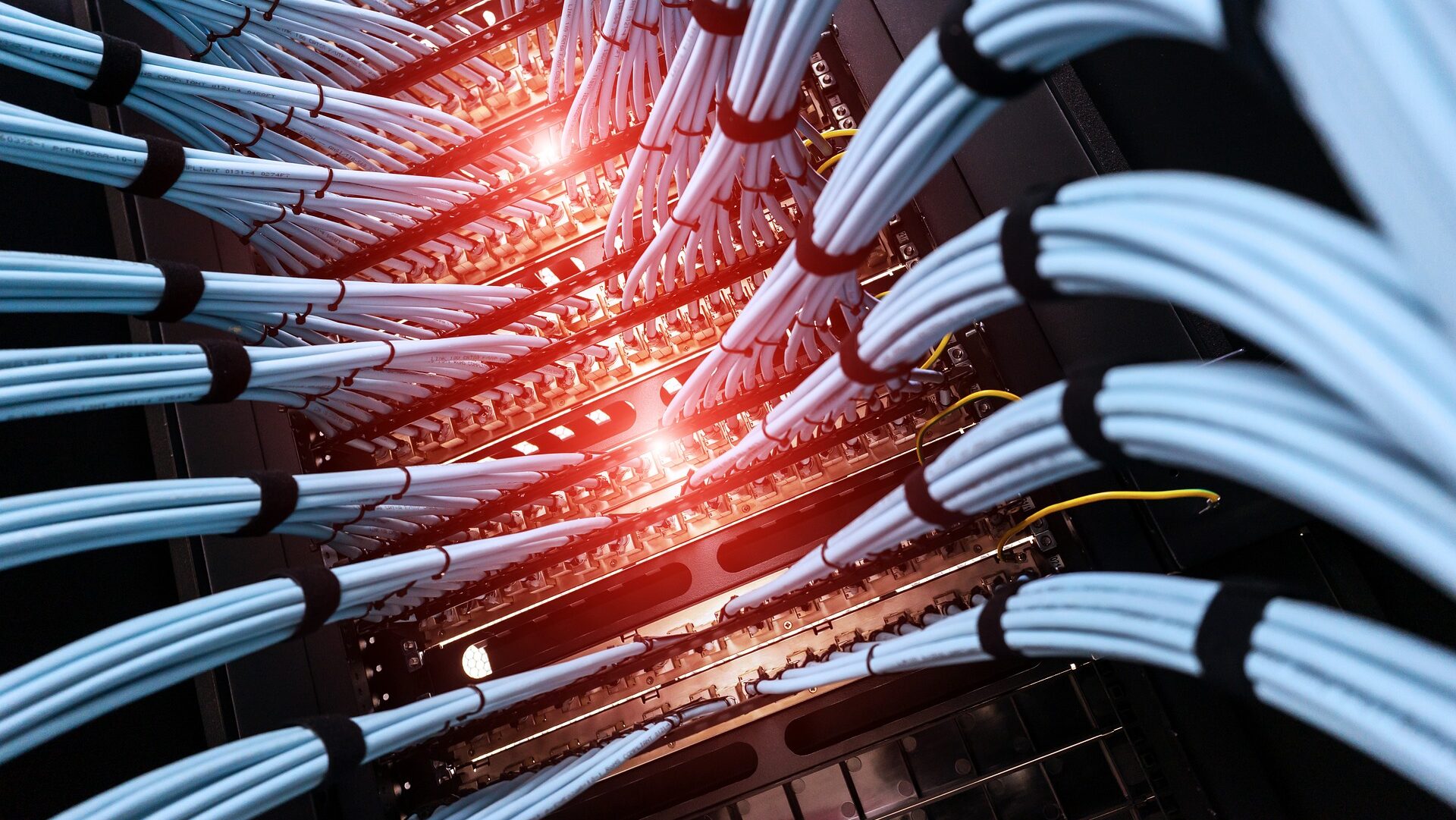We ❤️ Open Source
A community education resource
Embracing the new era of infrastructure: The role of open source
3 drivers behind the resurgence of open infrastructure.

As I arrived in Sweden for OpenInfra Days a few weeks ago, I couldn’t help but notice that Taylor Swift will perform here on June 5. While this is my first visit to Sweden—my debut, if you will—I can proudly say I beat Taylor Swift to the punch. Reflecting on her “Eras” tour, which showcases the evolution of her music, fashion, and cultural impact, I realized there’s a parallel “era” in the world of cloud infrastructure.
At the Open Infrastructure Foundation, we’ve been navigating the changing eras of infrastructure software for years, adapting to new demands and setting the stage for what comes next. From VMs to containers to telecom to AI and beyond, the OpenInfra community has led every step of the way.
Of course, each new era of infrastructure brings unique challenges and opportunities, often driven by the physical demands of new applications and use cases. These shifts create prime opportunities for open infrastructure, where new software must be developed to manage and optimize these emerging infrastructures. Our mission as a nonprofit foundation is to foster communities that write this essential software openly, ensuring widespread participation and innovation.
It’s been awhile since I’ve spoken at an OpenInfra Day, so I’ve noticed significant changes in the infrastructure landscape over time. There’s a renewed and robust demand for open infrastructure software, especially for OpenStack, but also for projects like Kata Containers, StarlingX, and Zuul, which our foundation supports.
The event was a great opportunity to reflect on several key drivers behind this resurgence of open infrastructure.
Digital sovereignty
Throughout Europe and beyond, digital sovereignty has become a critical consideration. As cloud computing grows, the need for secure, private, and locally controlled infrastructure has become paramount. Enterprises are reassessing how they architect their clouds and where their data centers are located. This shift has naturally led many back to OpenStack, with a significant increase in demand for building new clouds that meet stringent requirements for sustainability and sovereignty.
Changes in VMware
Recent changes at VMware, following its acquisition by Broadcom, have led to substantial price hikes, leaving many customers dissatisfied. This situation underscores the importance of trust in technology choices. Many users are revisiting their decisions, considering OpenStack as a viable alternative. An informal member survey we conducted at the OpenInfra Foundation in April revealed that over 60% of our member companies have already migrated customers from VMware to OpenStack, highlighting the momentum building in this space. We are organizing efforts to support these transitions, including potential workgroups to address any gaps and ensure seamless migrations.
The AI era
The next era of infrastructure is undeniably shaped by artificial intelligence (AI). While there’s a lot of froth, the physical infrastructure needed for AI is very real. Nvidia CEO Jensen Huang recently highlighted that there’s currently about a trillion dollars’ worth of data center infrastructure enabled for accelerated compute, with another trillion needed in the next four years. This rapid growth requires significant advancements in energy production, including more nuclear power plants to meet the demands of AI data centers. As we move into this era, open infrastructure software will be critical in managing these vast amounts of unstructured data and the hardware advancements that come with it.
A history of adaptation and balance
Our community has a strong track record of adapting to new eras. For example, OpenStack has long been a dominant force in the high-performance computing (HPC) market, which shares many similarities with AI infrastructure needs. Real-world implementations, like the UK’s fastest AI supercomputer “Dawn” powered by OpenStack, showcase the potential of open source in this space. NexGen, one of the leading cloud companies in the world by GPU purchases, also relies on OpenStack as the backbone of its infrastructure powering AI workloads and is planning to expand its OpenStack-powered infrastructure significantly to meet the demands of AI.
As we transition into this new era, the balance of vendors, developers, and users is crucial. Our approach, built on the “three forces” model, ensures that no single group dominates, fostering a healthy ecosystem for innovation. This approach has proven successful in the past, such as with the adoption of OpenStack in the telecom industry’s transition to 5G.
The opportunity ahead is immense. As we prepare for the next trillion-dollar infrastructure build-out, the role of open infrastructure will be more significant than ever. By continuing to support and grow our communities, we can ensure that the software driving this transformation is developed openly, allowing for broad participation and innovation.
At the Open Infrastructure Foundation, we are excited about this new era in cloud infrastructure, and we’re confident in our community’s ability to lead this next phase of infrastructure evolution. Thank you for your support, and let’s work together to shape the next open and innovative era for cloud infrastructure.
The opinions expressed on this website are those of each author, not of the author's employer or All Things Open/We Love Open Source.
